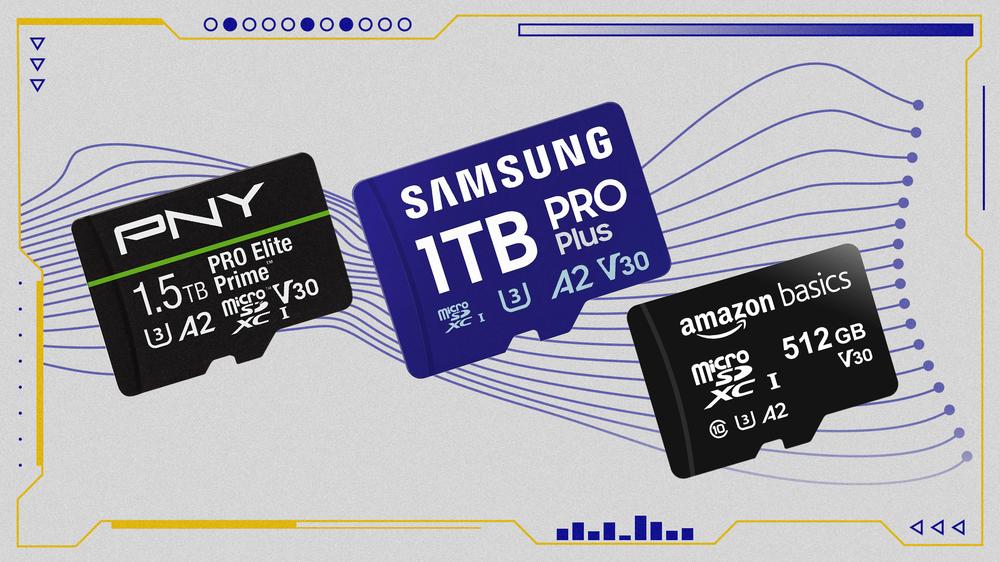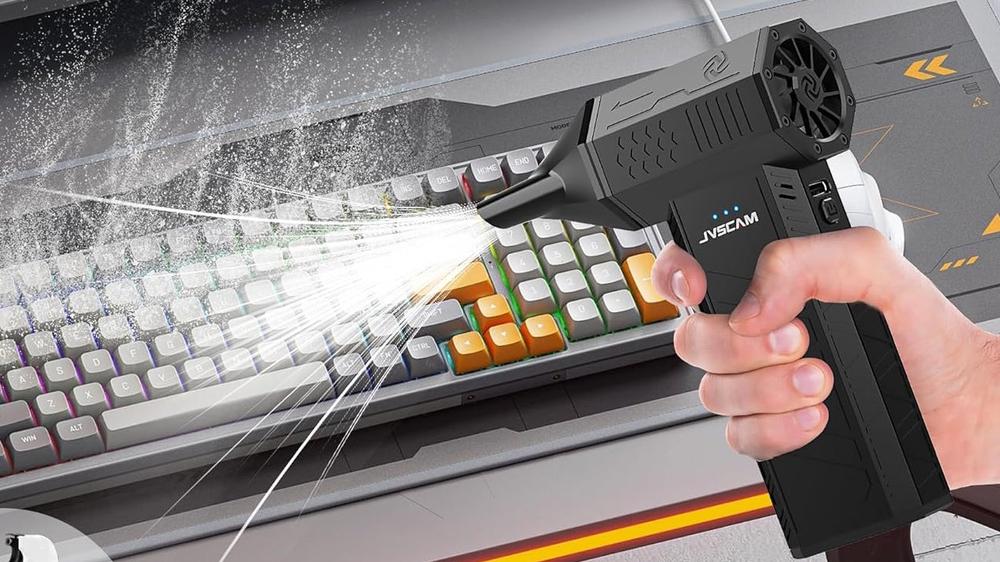We’re in a golden age of portable gaming. Nintendo is still the king of the mountain with the Switch 2, but the market is also just lousy with handheld gaming PCs that you can play wherever you want. The fact that there are so many to pick from is a good problem to have, but once you’ve committed and freed yourself from the shackles of your TV, you’ll find you’re still bound by storage limits.
How you deal with those limits depends on what you’re after. If it’s more space for the likes of Battlefield 6, you’re better off cracking open your console – if you’re comfortable doing so – and upgrading your internal storage to a higher capacity M.2 NVMe SSD than you are popping in a MicroSD card. Proper SSDs are simply better at loading games up quickly.
Yet there’s still room for our humble friend, the MicroSD card. (That is, unless you did go with a Switch 2; in that case, you’ll be looking at a MicroSD Express card.) These little cards that could are fine for booting simpler indie titles and for holding your screenshots, screen recordings, and other files, thus freeing internal storage space for all those heaving open-world games the industry slings these days. Maybe they’re not reliable the way quality SSDs are, but they’re also easy to pop out, back-up to a PC, and put back in your console. As for picking one to use, that can be easy, if you know what you’re looking for.
Great, what should I look for in a MicroSD Card?
With storage, you need to be able to put the specs presented by manufacturers into a proper hierarchy. They love to trot out sequential read and write speeds of their cards because they’re the big throughput numbers. But you’ll rarely see those numbers in reality, especially if you’re transferring or loading game files, which are actually made of lots of smaller files – it takes time to spin up each of those files for transfer, and that creates a bottleneck. So, really, you want to know the random read and write speed of a card, which is a slower figure that, you may be shocked to hear, many manufacturers don’t explicitly publish. (Quick note here: Using words like “fast” and “slow” when discussing data transfer rates isn’t strictly the right way to go, but it’s a nice shortcut. Much of the time, in this context, when I write “faster,” I actually mean “higher throughput.”)
There is one way to get a vague idea about MicroSD cards’ random read and writes: by looking for their Application Performance Class (APC), signified on their labels by either an A1 or A2. In theory, an A2 rating means a card can handle, at minimum, 4,000 Input/Output Operations Per Second (IOPS) during random reads, and 2,000 IOPS during random writes. The trouble is, that’s really hard to confirm in testing, and if any reviewers successfully have done so, I haven’t found them. Still, whether cards are reaching that level or not, it’s a far cry from the million-plus IOPS you might get with an M.2 NVMe SSD. And it might not matter, anyway; MicroSD cards don’t need to be that fast if you’re just trying to get your Balatro reps in. Nevertheless, higher IOPS is better, especially when doing that first big transfer where you’re filling the card with data from your old one or from your SSD.
The picks in the guide below are based on personal experience with these brands, price of the cards, what performance testing I could find, and how they fit into the needs of a handheld gaming PC owner. Some of the test results I looked at also come from The Great MicroSD Card Survey, a project by tech enthusiast Matt Cole that has become a surprisingly deep catalog of real-world tests of MicroSD cards over the last couple of years. If I couldn’t find any tests that show random reads and writes for a given card, and the manufacturer doesn’t offer that spec up itself, then I didn’t bother considering the card at all.

 Reddit co-founder teases buying Pizza Hut as chain’s parent company explores sale
Reddit co-founder teases buying Pizza Hut as chain’s parent company explores sale